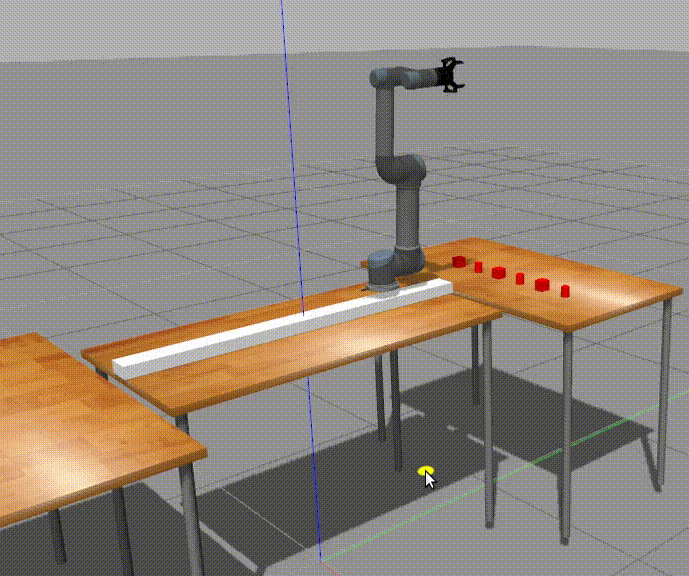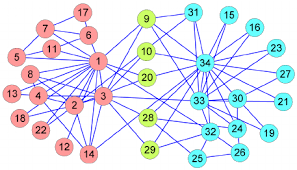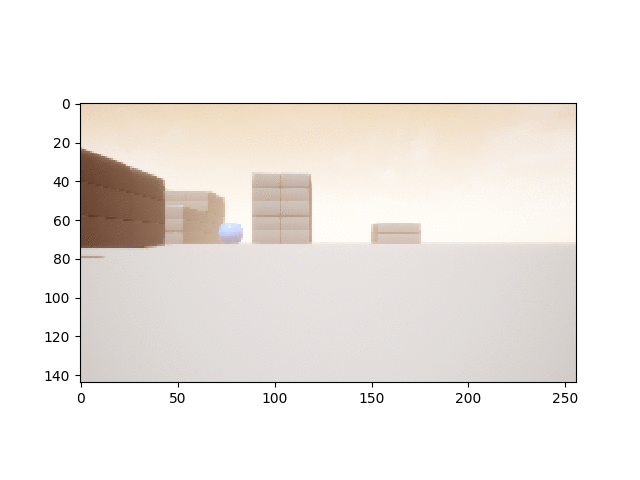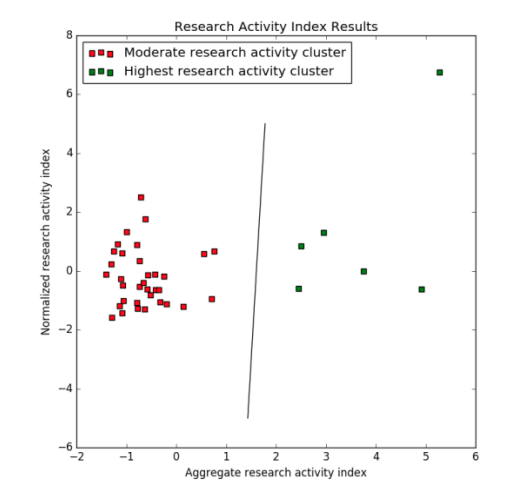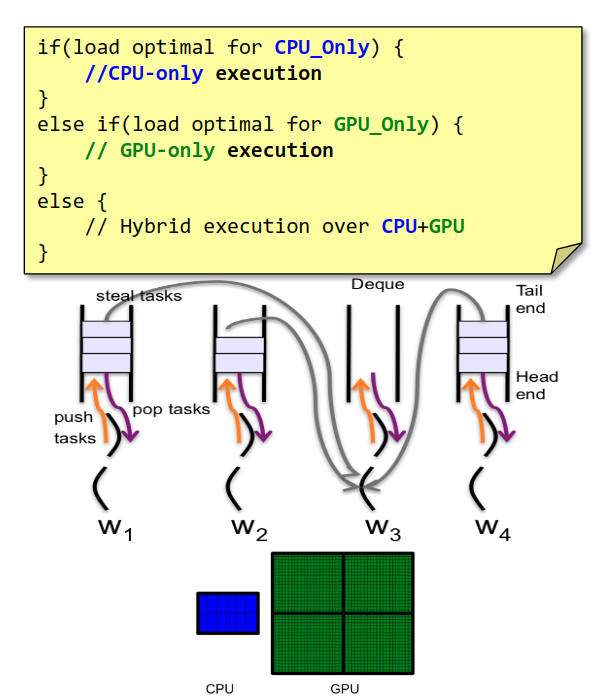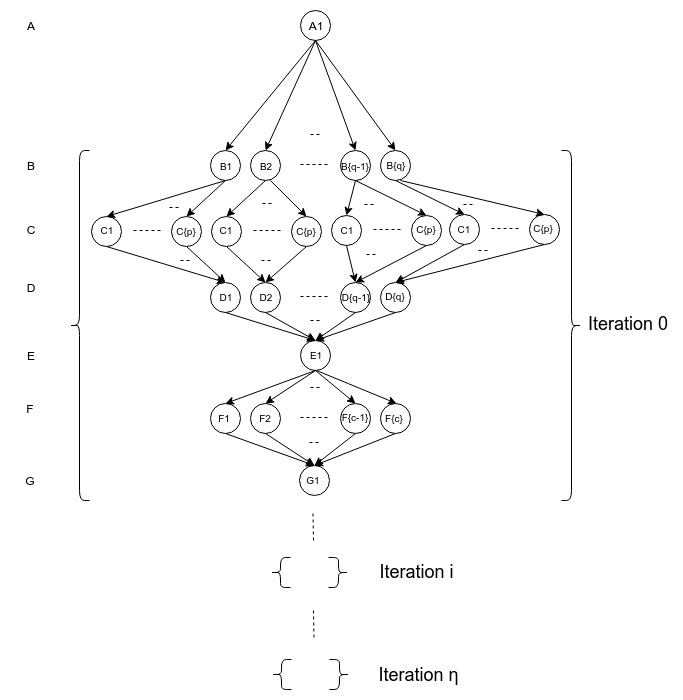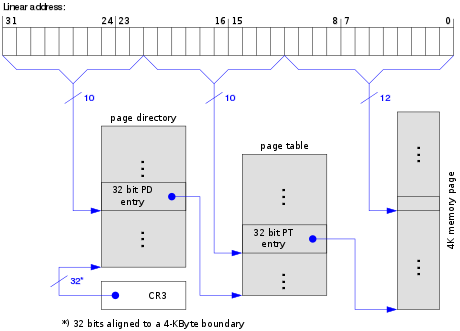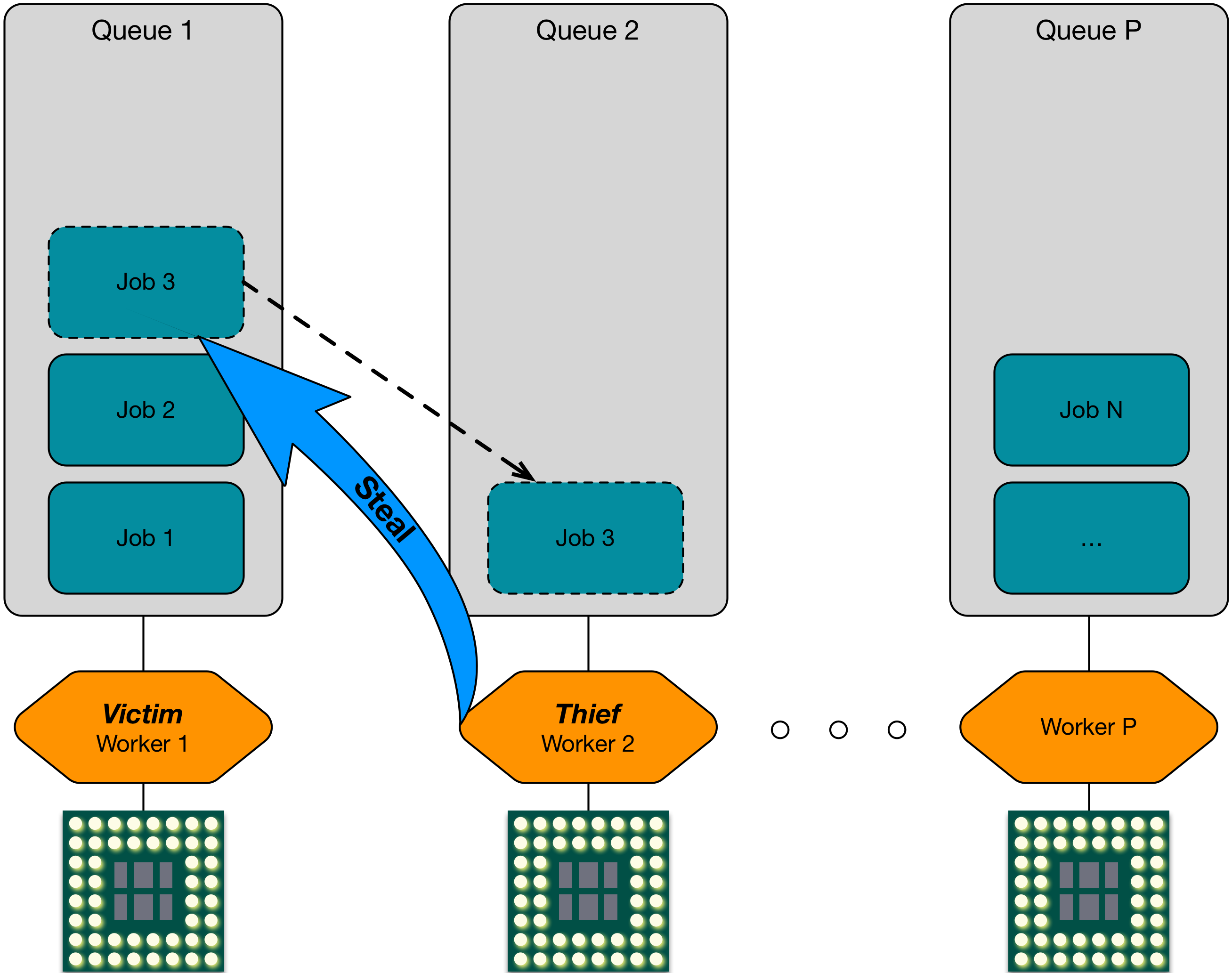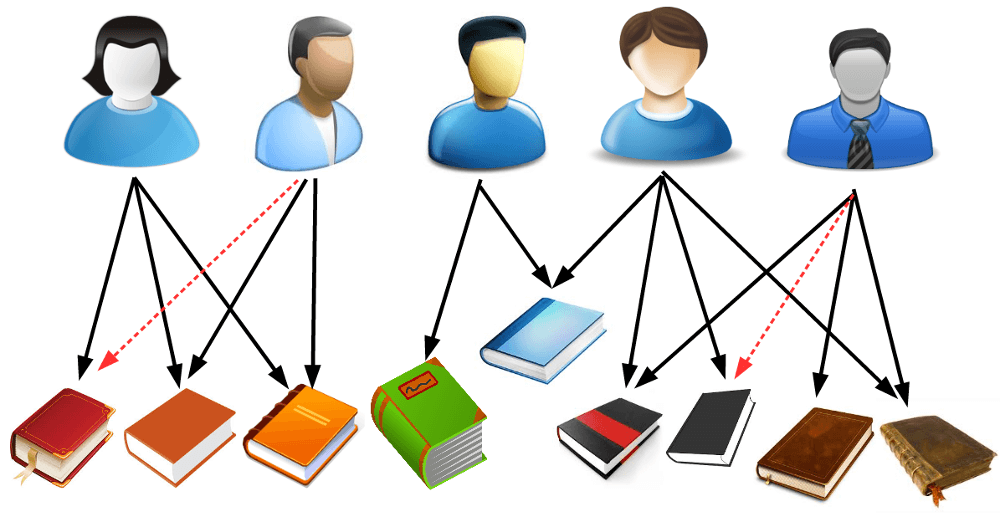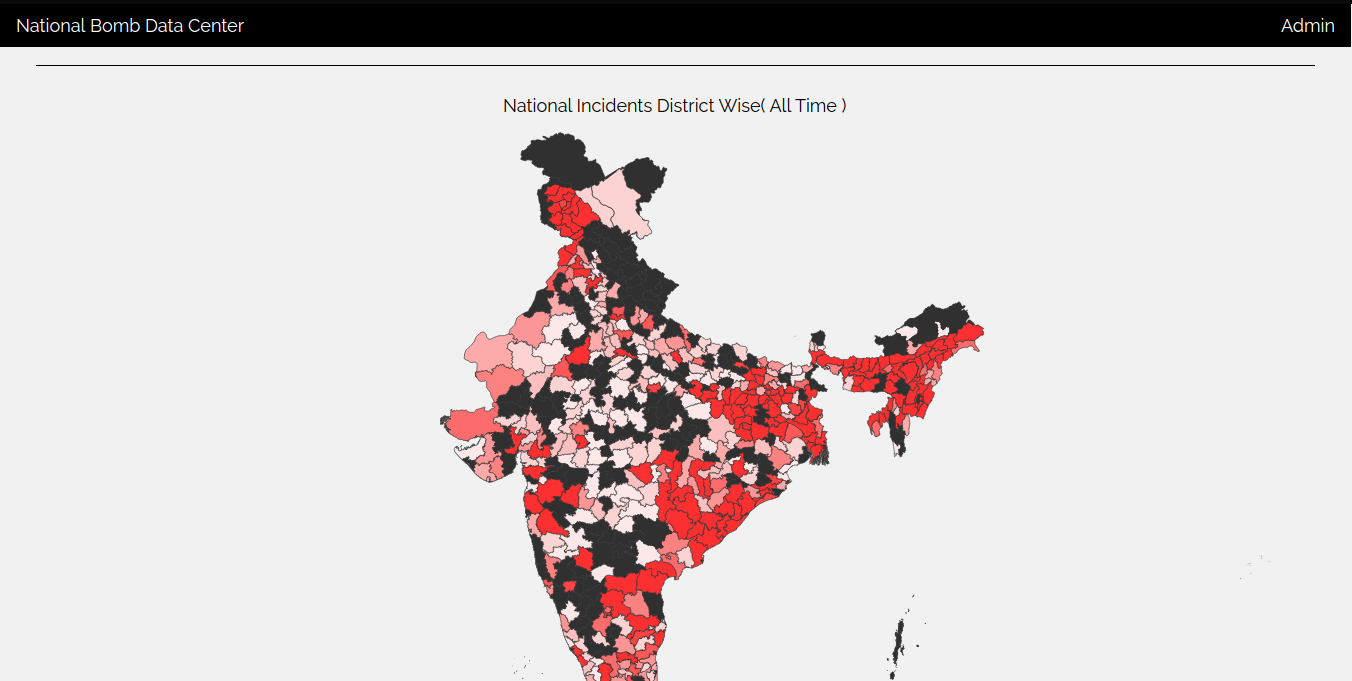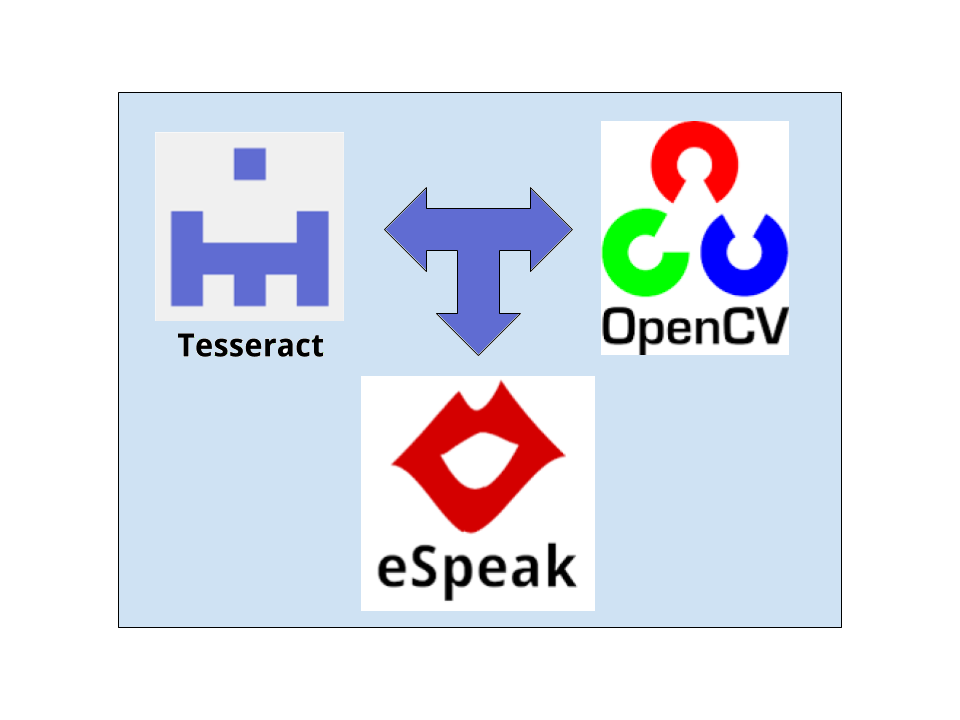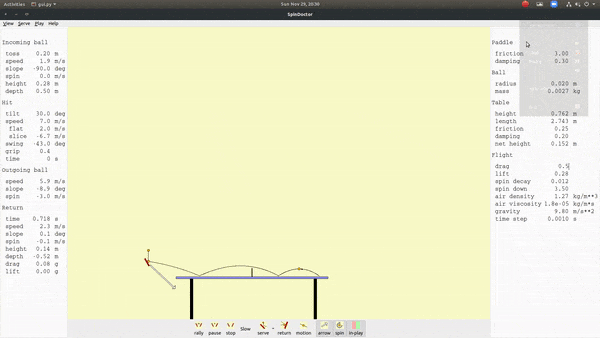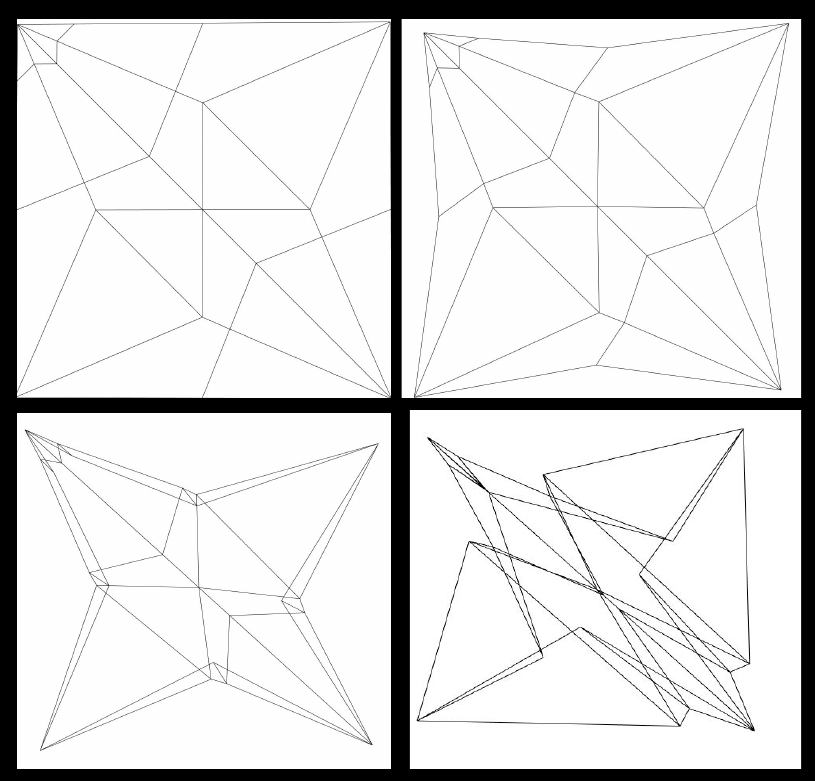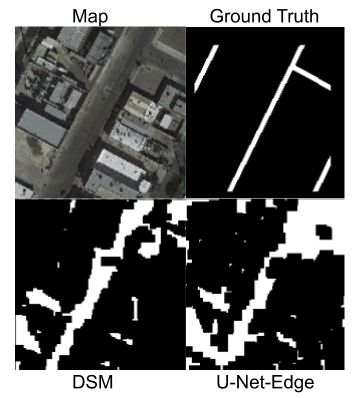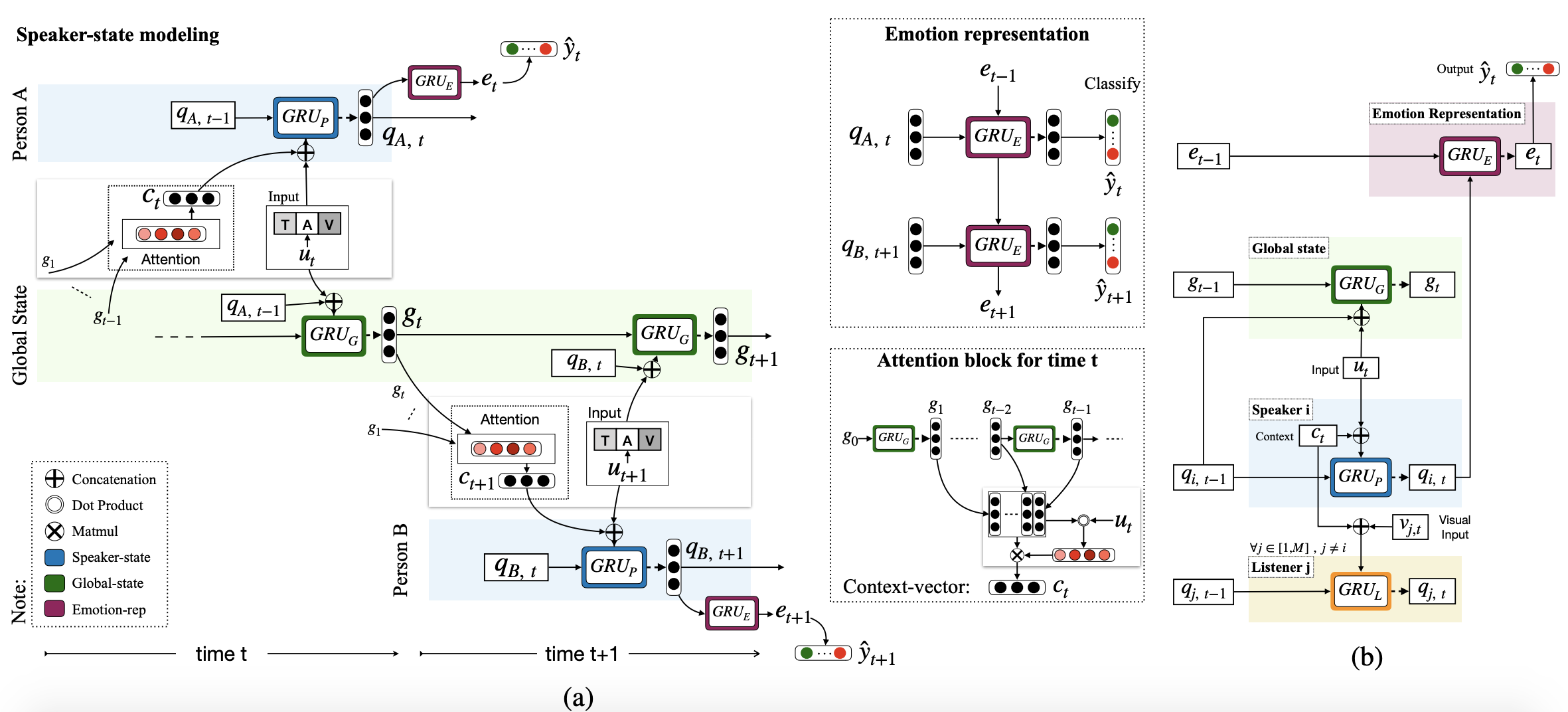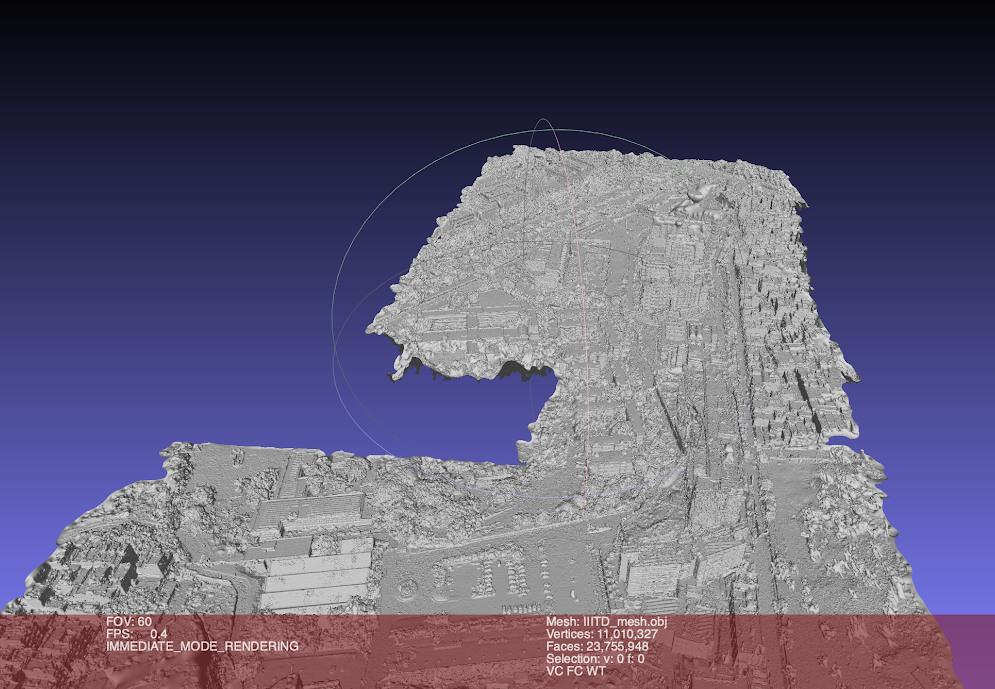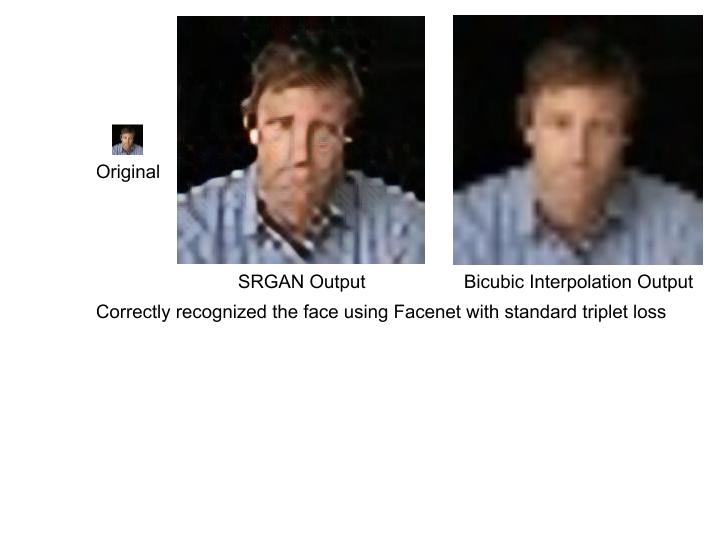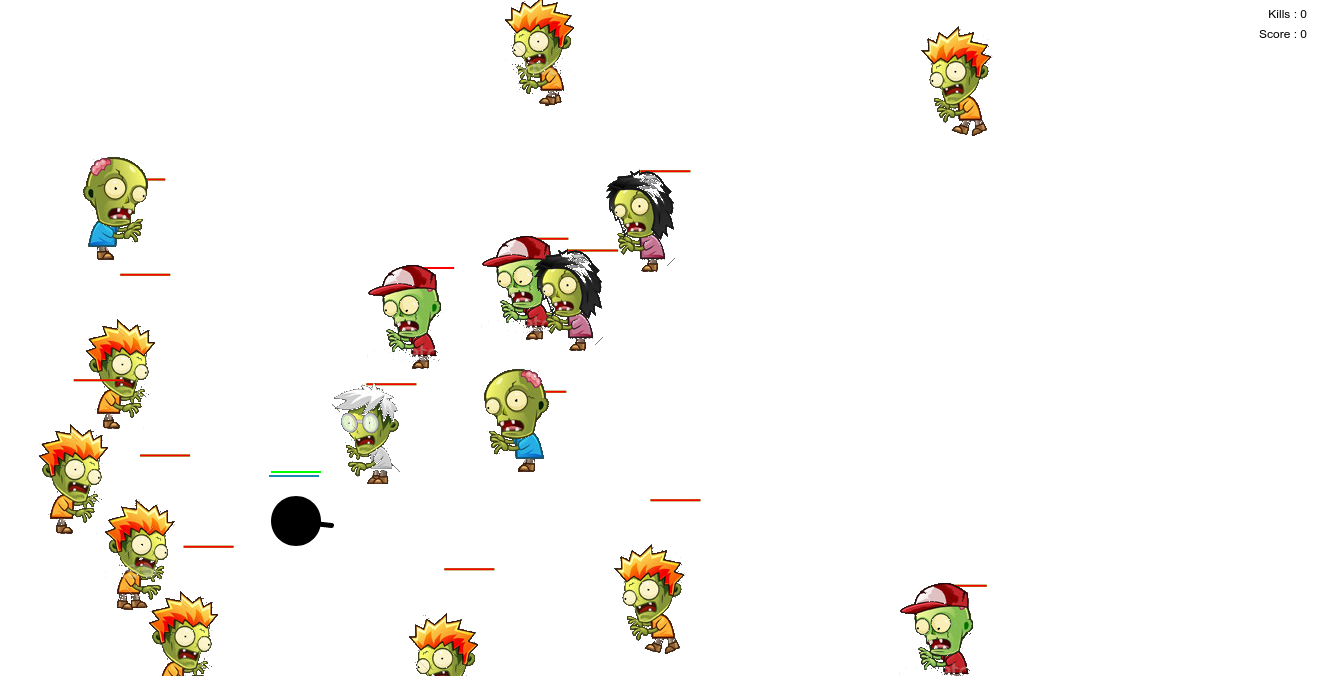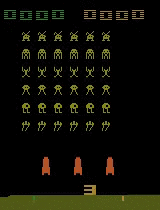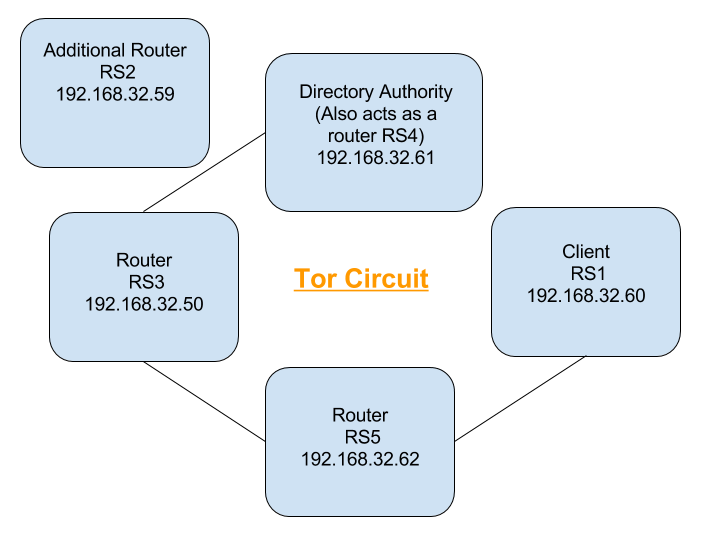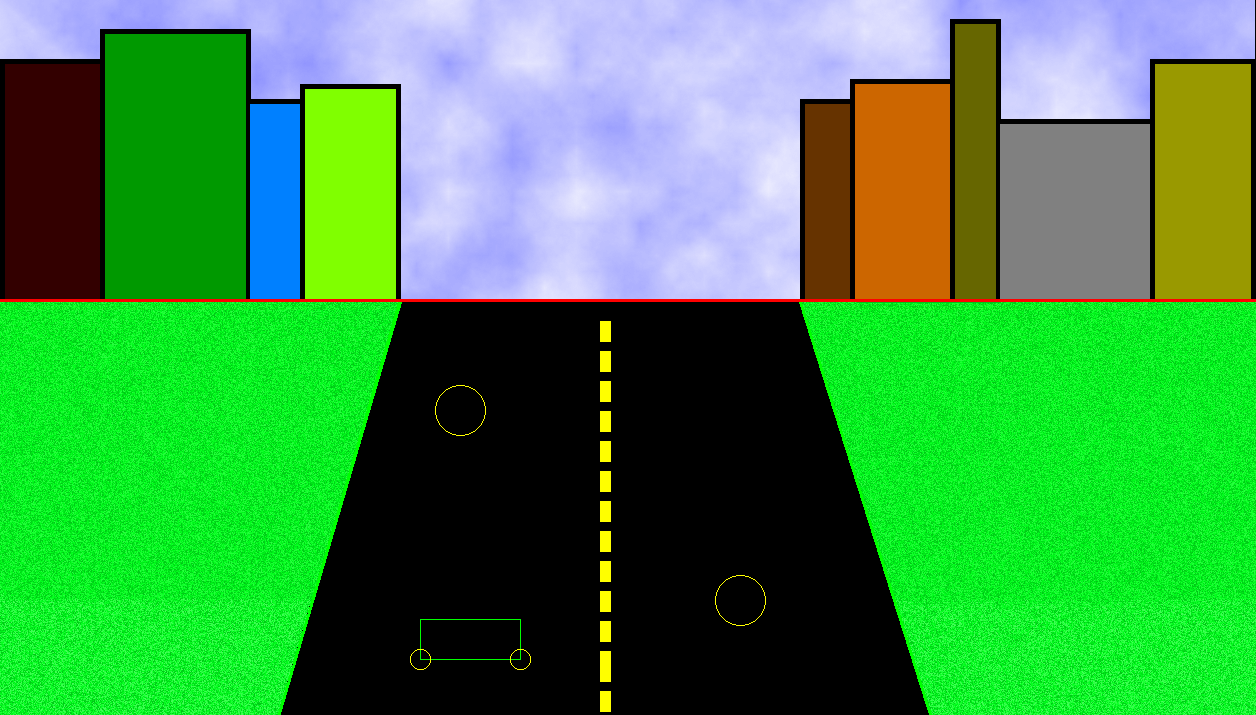My Expertise
I am a graduate student at Carnegie Mellon University pursuing Masters in Robotics. I am currently working as a research assistant in Intelligent Coordination and Logistics Laboratory led by Prof. Stephen F. Smith. My research involves planning for multi-robot coordination under uncertainty specifically for deep-space habitats while managing constrained resources and reasoning upon goal priorities. This research is being conducted and funded as part of NASA's HOME Space Technology Research Institute.
Previously, I obtained my B.Tech degree with Honors in Computer Science and Engineering at Indraprastha Institute of Information Technology. I was a part of the PreCog Research Group, a group of researchers who study, analyze, and build different aspects of social systems, led by Prof. Ponnurangam Kumaraguru. I was also a part of the Laboratory for Computation Social Systems, a group that works on diverse aspects of data science for social good, led by Prof. Tanmoy Chakraborty.
Code
Fairly proficient in the above languages. Have made multiple projects using these.
Tools

Have made multiple projects using above tools like web apps coupled with MongoDB/MariaDB.
